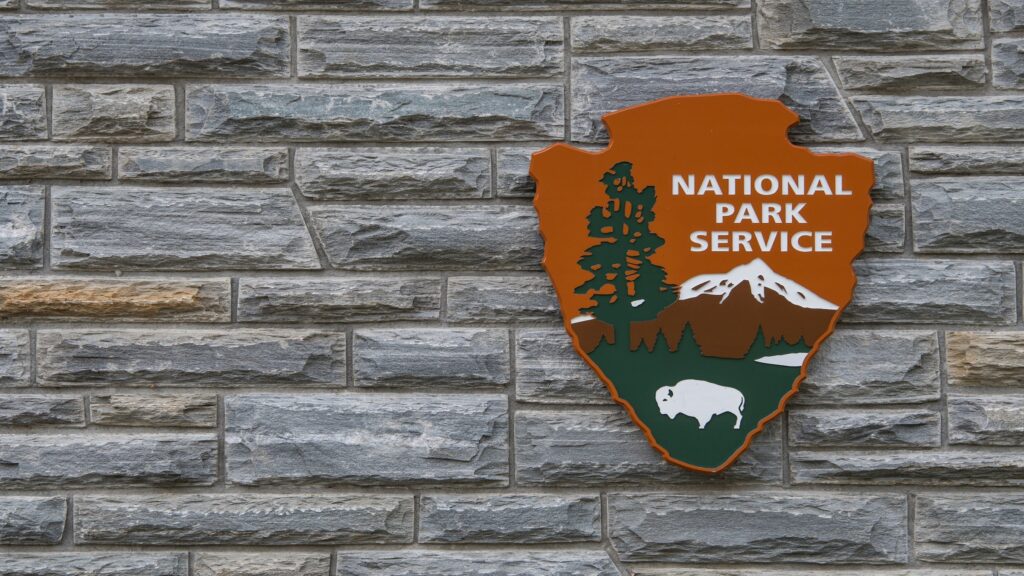The “Save Our Signs” project is attempting to archive as many signs as possible before they are removed, and hopes park visitors will contribute
NPS has removed interpretive signage referencing climate change, slavery, the internment of Japanese Americans, and the massacre of Native Americans from multiple sites around the country (Photo: kellyvandellen/Getty Images)
Published September 22, 2025 03:59PM
In recent weeks, the National Park Service (NPS) has removed interpretive signage referencing climate change, slavery, the internment of Japanese Americans, and the massacre of Native Americans from multiple parks and historic sites around the country.
The initiative appears to be in response to a sweeping executive order, “Restoring Truth and Sanity to American History,” signed by President Donald Trump in late March, which decried information in national parks that included “improper partisan ideology.” By June, notices began appearing at NPS sites requesting that park visitors report “any signs or other information that are negative about either past or living Americans.”
Now, at least a handful of so-called “interpretive” signs—those providing visitors with historical or cultural context—have been removed from multiple national park destinations.
Representative Chellie Pingree (D-Maine) told The Washington Post that a sign at Maine’s Acadia National Park referencing the role of climate change in extreme weather had been removed, as well as “signage suggesting visitors take a shuttle bus to minimize their carbon footprint.”
“This is an outrageous assault on our free speech and ability to educate each other,” she told the publication. “It’s just bonkers to me that the federal government is imposing these kinds of restraints, that we’re taking away valuable information from our citizens who visit this park, and that we are trying to dumb everyone down and pretend real weather events don’t happen by not letting you read a simple sign.”
Another source, who remained anonymous, told The Washington Post that an 1863 photo of an enslaved Black man, his back heavily scarred with whip marks, had been removed from Georgia’s Fort Pulaski National Monument, the site of a key battle during the Civil War. According to The Washington Post’s reporting, at least 30 signs at Harpers Ferry National Historic Park, the site of abolitionist John Brown’s failed anti-slavery revolt in 1859, had been flagged for removal.
Another piece of signage was reportedly taken down in New York’s Gateway National Recreation Area. According to the Post, the removed sign read: “Some very new parks preserve not just lands or buildings but our nation’s ideas and ideals. They remind us of things we hope to live up to—like women’s rights and liberty—and things we hope never to repeat— like slavery, massacres of Indians, or holding Japanese Americans in wartime camps.”
Other lawmakers have pushed back on the removal of the signs. On September 18, California Rep. Jared Huffman addressed the removal during a meeting of the House Committee on Natural Resources.
“What the hell is going on here? That someone in this administration directed this photo to be removed from a display?” Huffman said of the removal of photos from Fort Pulaski National Monument. “Our national parks are not monuments to a single, sanitized version of American greatness. They are places for all of us to confront and learn from the full complexity of our past.”
To combat the removals, a collective of librarians, historians, and data experts has organized a project called Save Our Signs (SOS). The group is attempting to “build a community archive of the signs, exhibits, and texts that could soon disappear from our national parks.” It encourages park visitors to anonymously submit photos of interpretive signs from any area administered by the NPS. The SOS team is also maintaining a public map of the signage uploaded thus far, which includes over 10,000 photos as of September 20.


